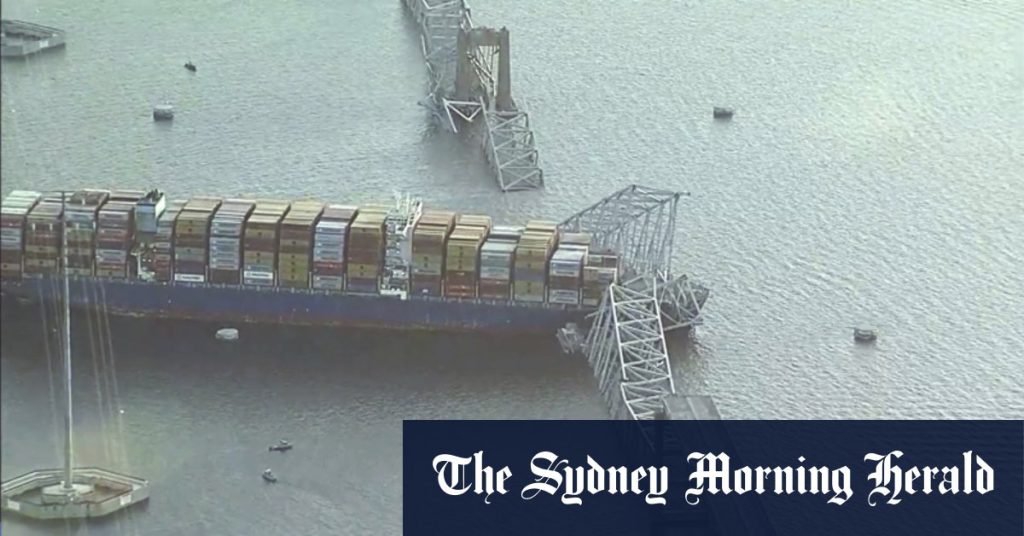The bridge engineering and shipping industry faces challenges with the increasing size of modern ships and the need to adapt to accommodate them. The impact of a ship strike on a bridge can have catastrophic consequences, as demonstrated by the Lake Illawarra container ship strike on the Tasman Bridge in Hobart in 1975, which resulted in multiple fatalities. Since then, there have been around 40 ship strikes globally that have damaged bridges, prompting a reevaluation of regulations and standards in the industry. Australian standards require engineers to design bridges to withstand impacts from the largest ships anticipated over the next 100 years, but the increase in ship sizes since the 1970s poses a challenge in predicting future needs.
The Tasman Bridge disaster led to reforms in bridge engineering and shipping regulations, emphasizing the importance of ensuring bridge structures can withstand potential ship strikes. However, the Francis Scott Key Bridge collapse in Baltimore highlighted the potential risks of insufficient protections in place. In Sydney Harbour, the geography plays a role in minimizing the risk of a ship strike causing a similar catastrophic event. The design of the Harbour Bridge pylons, positioned on land, would likely cause a ship to run aground before causing significant damage. While container ships do not typically travel under the Harbour Bridge, large cruise ships present a potential risk due to their size and height.
In recent years, some of the tallest cruise ships have passed under the Harbour Bridge, coming within meters of the road deck’s underside. The clearance level for shipping under the bridge is 49 meters, and with some cruise ships reaching heights of 73 meters, there is a potential risk of significant damage if a ship were to hit the road deck. However, experts believe that the main structural element, the arch of the bridge, would likely withstand the impact, preventing a catastrophic collapse. As the industry moves towards autonomous shipping, there is a growing concern about the potential risks of cyberattacks on vessels and the need for physical designs and infrastructure to protect against such threats.
The safety of ships in the harbor is a critical consideration as the industry evolves, with a focus on ensuring that bridges are equipped to withstand potential ship strikes and other risks. While the risk of a similar catastrophe to the Tasman Bridge incident in Sydney Harbour is deemed unlikely due to the land-based pylons, the potential threats posed by the increasing size of modern vessels and technological advancements in shipping must be taken into account. As the industry continues to adapt to accommodate larger ships and evolving technologies, ongoing evaluations of bridge designs and regulations will be crucial to ensuring the safety and security of both maritime transport and bridge infrastructure.















